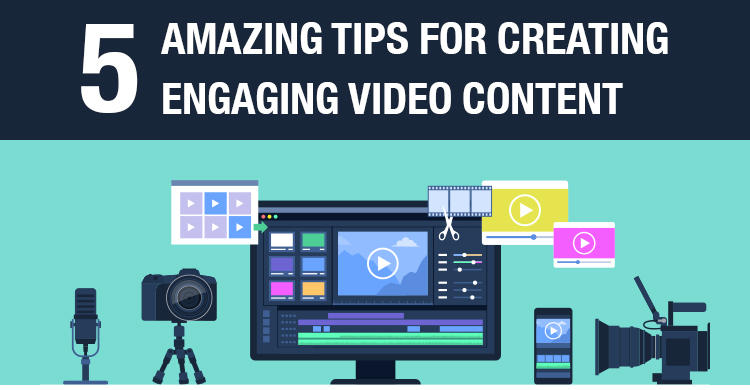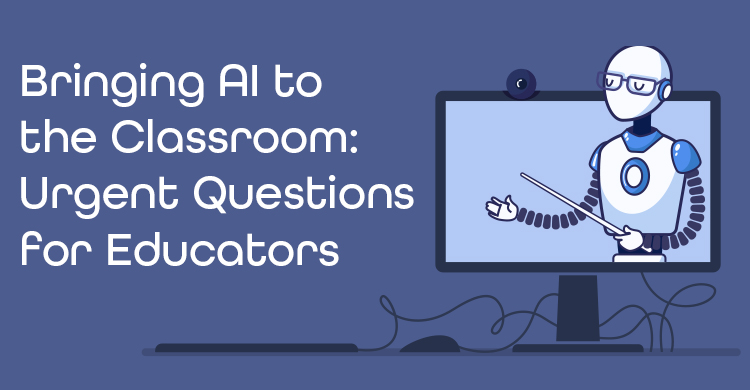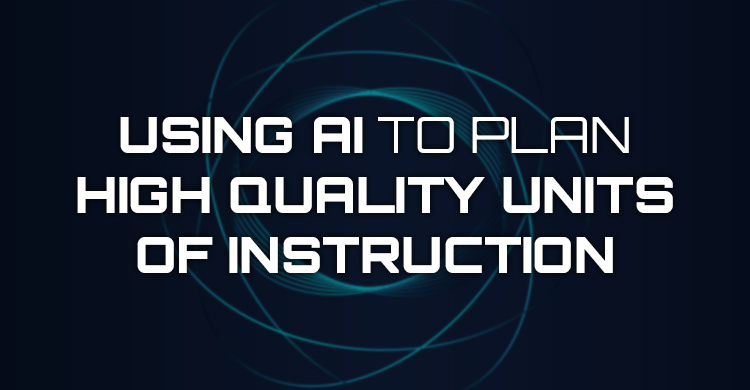“I want to show you the heart of our 21st Century Learning program,” the principal said.
I was visiting this pre-K-6 school hailed by its district as “21st Century.”
“It’s what we do with technology. On purpose, we don’t have a one-to–one program. We intentionally bought just one laptop for every three students. That way we say that the 4Cs get their due as 21st Century competencies. In this building, we are very serious about communication and collaboration. Technology is just our tool.”
For the next three hours, we toured classrooms, including a “hub” classroom for children with autism. It was a hub as these special needs students moved in an out of their home place into different classrooms. Communication and collaboration fostered by the technology was evident for all to see and hear.
- In a kindergarten classroom, little trios sat on the floor. One student wore a sign, “resource.” That student held the laptop. Other students wore the labels “checker” and “timer”. Posted above the white board were the rubrics teachers used to guide each role. The students were identifying letters on the screen and then round robin sounding each out and telling a word they knew with the letter.
- In a fourth grade classroom, I saw the trios using the guiding rubric to assess each other’s collaboration. In turn, each received comments on group work and the recorder checked off the rating given and entered any feedback on how to improve collaboration onto a Word template.
- In the sixth grade, each group had a different math problem they were solving. Like the other grades, they barely noticed our entry. They pressed their heads together fully engaged on their laptops and oblivious to the action surrounding them.
“We have use our laptops,” the principal shared with me on the tour, “to help us teach the 4Cs so that students do better with mastering their content. Our results speak for themselves. Any eye can see how well they work together and are pushed to become more effective speakers. This approach we think in the best avenue to standards-aligned learning. Our avenue is different from other schools. But our scores are now leading the district.”
In our de-briefing after the tour, it became clear that the school took thoughtful advantage of its technology in five distinct ways.
- Teaching And Learning Tools Students had access to laptops for completing tasks, lessons and projects. In the sixth grade, every student was on a team at least twice a day to work on PBL units. Every unit included a NETS standard to guide technology facilitation of learning practices.
- Assessment Tools. Teachers’ lessons and projects included three guiding rubrics aligned to a summative assessment: the targeted 4C proficiency; targeted technology proficiency, and the standards-aligned content.
- Planning Tools. Teacher teams relied on teacher designed-templates to plan lessons and projects. Drafts were shared on-line with team members and the principal against an agreed upon rubric. Teachers deposited examples of student work and their own assessments in an electronic portfolio
- Task Tools. Teachers sought and taught students to seek on line digital tools appropriate for their learning. Blogs, wiki’s, content sites such as National Geographic and a host of specialized websites were common in the classrooms.
- Personalized Learning System Framework. A teacher-principal team was examining how to set up a personalized learning system that would let them individualize every student’s passage through the standards aligned curriculum. The team was leaning to a framework that would highlight student goal setting as the most personal touch.
“I think the most interesting part of our approach is that we are aiming for a 6th grade capstone project,” my host shared. “We want it to capture all the things students have learned including how to problem solve with technology tools. We want that project to show the kids and us how ready they are for the upper grades and a world of changing technology. I don’t know what the ‘balanced’ experts would say, but we like our balanced approach.”
[author_bio id=”145″]






